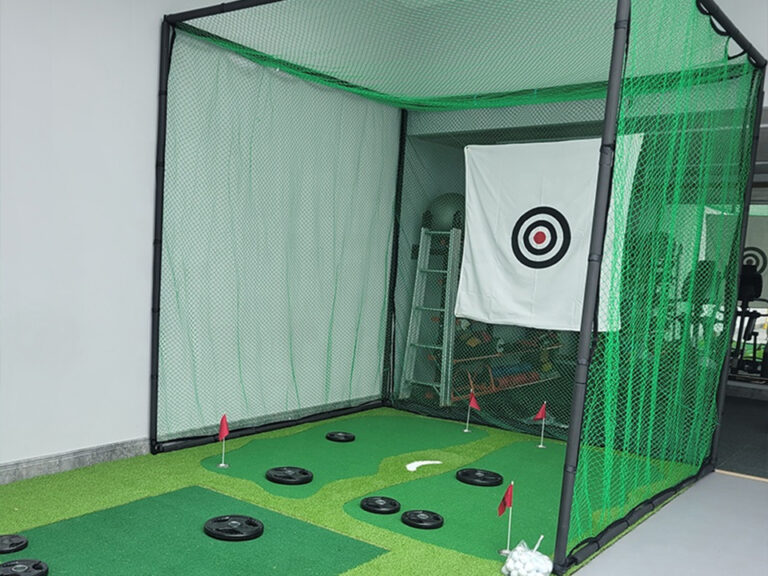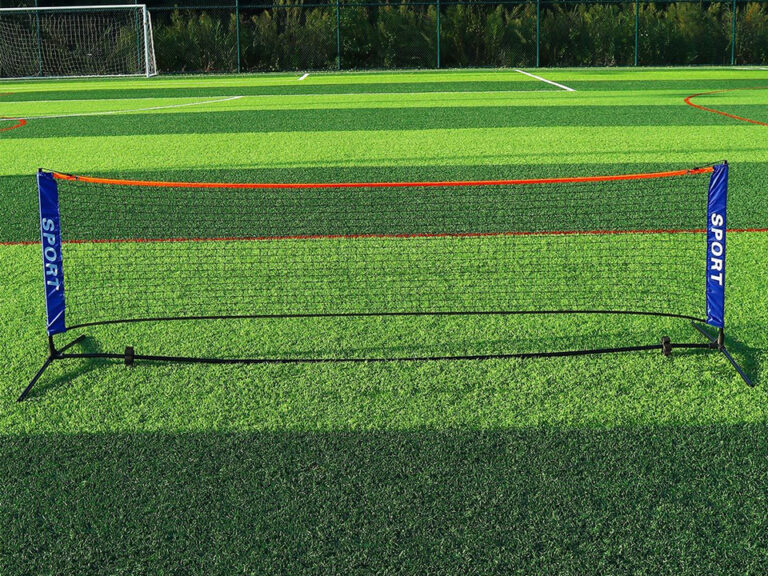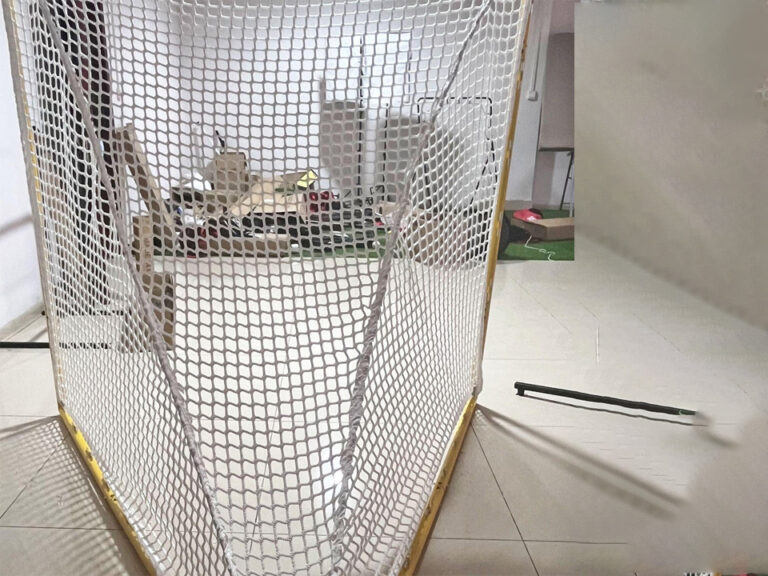Why Do School Soccer Goals Fail Safety Inspections
If you run a school field, you already know this: one failed safety inspection can shut down matches, upset parents, and create real liability risk. The frustrating part is that most problems with soccer goals are avoidable. They usually come down to anchoring, design, maintenance, and how the goals are stored between games.
Below, we’ll walk through the main reasons school soccer goals fail safety inspections, what inspectors actually look for, and how you can fix issues with the help of professional training nets and goals from FSPORTS.
Table of Contents

Common Reasons School Soccer Goals Fail Safety Inspections
Lack of Proper Soccer Goal Anchoring
The number one reason for failure is simple: the goal isn’t anchored correctly.
Inspectors often find:
- No anchors on the back bar
- Sandbags that are too light or missing
- Stakes that only hold the net, not the frame
- Anchors that are loose after the goal was moved
A full-size metal goal is heavy. If it tips, it can seriously injure a child. That’s why inspectors check whether every portable frame is fixed with anchors or counterweights that match the goal size and field surface.
For schools that need portable setups, a safer approach is to choose equipment designed with stability in mind, such as a heavy duty portable soccer goal with weatherproof net frame. Wide base frames, smart weight distribution, and robust ground connections all help reduce tip-over risk.
Non-Compliant Soccer Goal Design and Standards
Even if you anchor the goal, the design itself might not meet modern safety expectations.
Typical red flags include:
- Frames that are top-heavy and easy to tip
- Welds that look thin or poorly finished
- No documentation from the manufacturer about testing or standards
Many school districts now expect equipment that aligns with recognized safety standards and best practices on stability and labeling. If the goal looks like a DIY project or a very old model with no paperwork, inspectors will often err on the side of caution.
Working with a specialist manufacturer like FSPORTS, which focuses on sports netting and frames for training and match play, gives purchasing teams more confidence that products are built for repeated use on school fields, not just backyard fun.
Poor Maintenance and Damaged Frames
Another common reason for failure is simple neglect. Soccer goals live outside. Sun, rain, and constant impact from balls will wear them down.
Inspectors typically fail a goal when they see:
- Rust or corrosion along the base or welds
- Bent uprights or crossbars from repeated hits or being dragged
- Missing bolts, loose nuts, or broken clips
You can avoid a lot of trouble with a simple seasonal checklist: tighten hardware, check welds, look for rust, and confirm the frame is still square. Many schools separate “training gear” from “match goals.” Training devices like the professional soccer rebound net 7x7ft angle adjustable can absorb most daily drills, so your main goals take less punishment.
Unsafe Storage and Handling of Soccer Goals
Most serious accidents don’t happen during a game. They happen after school, when the field is empty and kids climb on unattended goals.
Inspectors look at how you store goals when they’re “off duty”:
- Are portable goals left upright and unanchored?
- Are nets still attached, inviting kids to climb or swing?
- Are goals locked, chained, or stored in pairs facing each other?
If the answer is “no” to all of these, expect comments on the report.
One practical strategy is to use light, easy-to-move training frames during practice, such as a solo soccer net trainer and rebounder with carry bag or a soccer trainer portable soccer rebounder net. These are simpler to set up and pack away, so staff don’t leave heavy match goals out “just for tomorrow.”
Missing Safety Labels and Instructions
Inspectors also look for basic information on the frame:
- Safety warnings about tip-over hazards
- Clear instructions on anchoring and use
- Manufacturer identification and model details
If labels are faded, missing, or covered by tape, the inspector may question whether the goal meets current safety expectations.
When you buy new equipment, keep the user manuals in a central digital folder and log where each frame sits. FSPORTS works with B2B buyers, OEM customers, and bulk orders, so your purchasing team can request consistent labeling and documentation across all nets and frames in a project.
Worn Nets and Unsafe Attachments
Nets might look harmless, but they can also cause a fail.
Inspectors often spot:
- Large holes that can catch a child’s head or foot
- Frayed cords that can snap and whip back
- Sharp metal hooks or improvised ties
- Net pegs used as “anchors” for the frame
Net pegs should only secure the net itself, not hold down the goal. If you need heavy-duty containment, use purpose-built systems such as a heavy duty lacrosse backstop net with stable steel frame, which can also work behind school soccer fields to stop balls leaving the area.
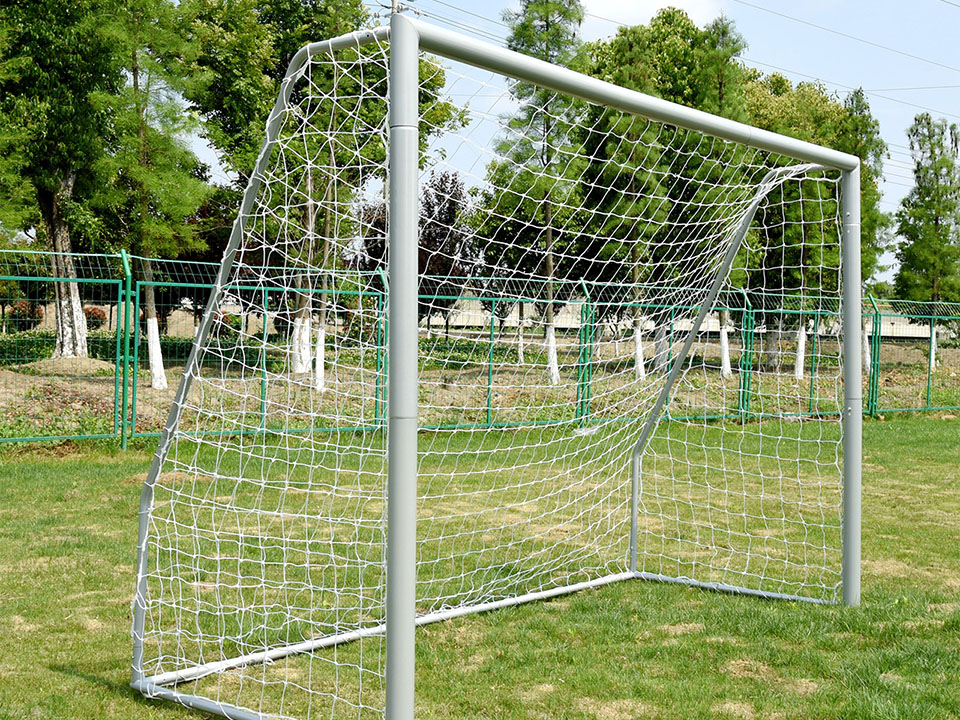
What Inspectors Look For In a School Soccer Goal Safety Check
This simple table shows how a typical inspection lines up with real-world issues.
| Inspection item | What inspectors check | Typical problems that cause failure |
|---|---|---|
| Goal stability | Push or pull on the frame to see if it rocks or tips | No anchors, light sandbags, unstable base design |
| Frame condition | Visual check of posts, crossbar, welds, joints | Rust, cracks, bent tubes, missing bolts or clips |
| Net condition | Look for holes, frayed cords, and sharp edges | Torn nets, metal hooks, loose or unsafe ties |
| Labels and info | Check for visible warnings and instructions | Missing labels, unreadable text, no maker info |
| Storage method | Review how goals are kept when not in use | Goals left upright and unanchored with nets on |
| Use of training gear | See how teams actually practice and warm up | Heavy match goals used for drills instead of lighter training nets |
When you understand this checklist, you can design your equipment plan around it instead of reacting to failures after the inspector leaves.
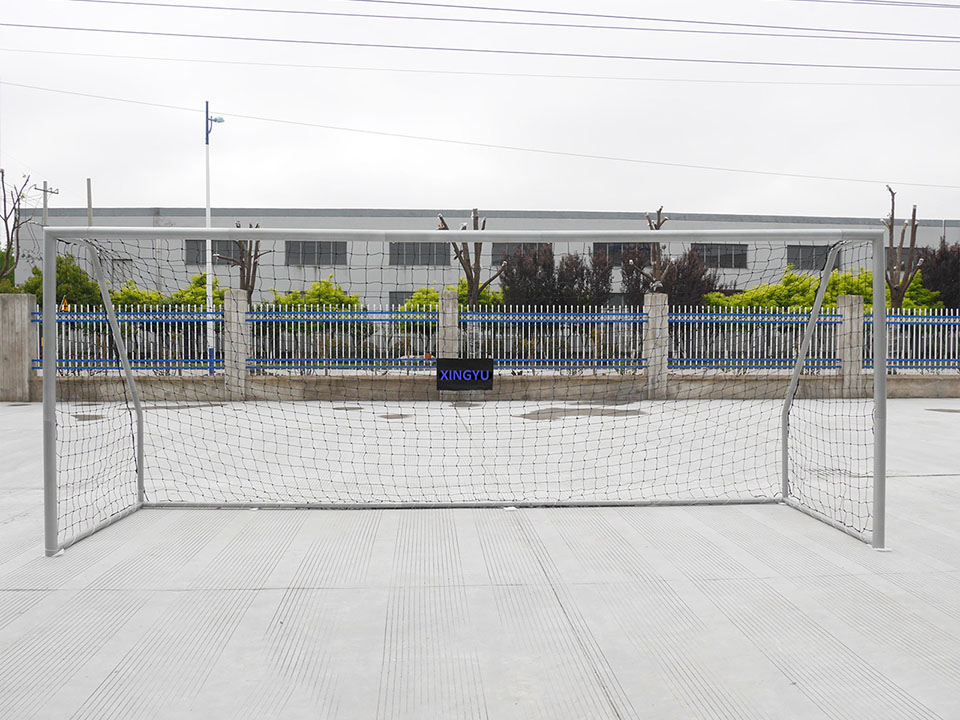
How Schools And Buyers Can Reduce Soccer Goal Failures
Build a Safer Soccer Goal Plan for Your Campus
If you’re responsible for multiple fields, try treating goals like any other safety-critical asset:
- Write a simple inspection routine for each term
- Assign a named person to sign off on checks
- Separate match goals from daily training equipment
- Replace old or homemade goals with professional designs
For everyday drills, use portable, purpose-built training tools that are easy to set up, easy to secure, and easy to store. Examples from FSPORTS include the professional soccer rebound net 7x7ft angle adjustable, the quickster soccer trainer portable soccer rebounder net, and the portable soccer rebounder net for training with dual targets.
These products take the impact and repetition of practice sessions, while your main match goals stay anchored and protected.
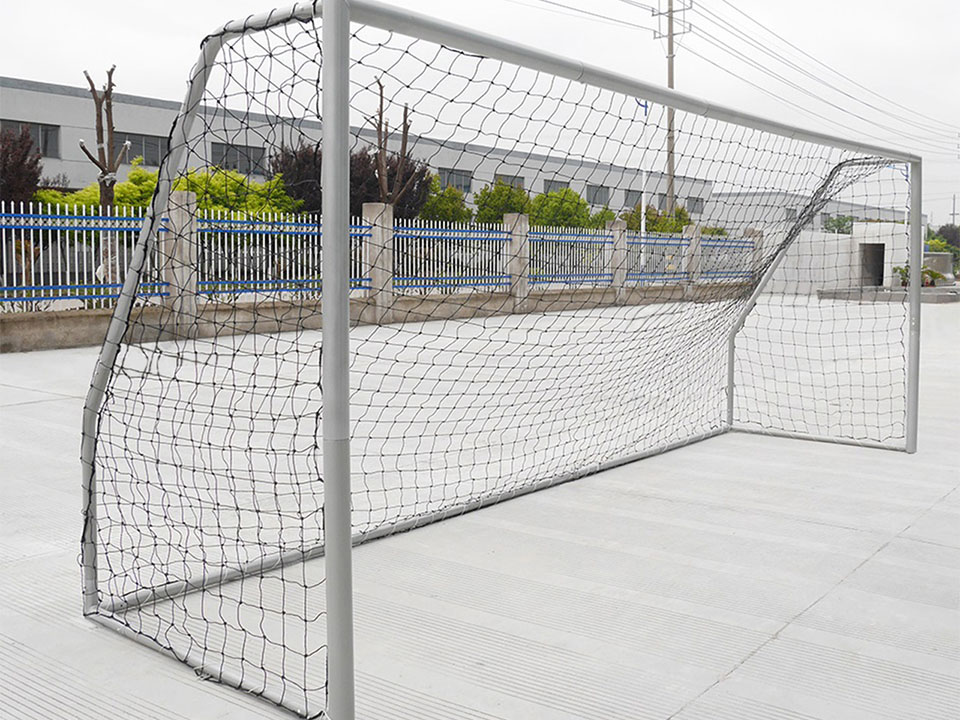
Work With A Professional Sports Netting Manufacturer
School districts, retail buyers, and OEM clients all face the same challenge: they need equipment that looks good on the brochure, but also passes safety inspections year after year.
That’s where a specialist manufacturer like FSPORTS adds value. As a top sports netting supplier in China, FSPORTS focuses on:
- UV-resistant, high-impact nets for long outdoor use
- Stable frames for soccer, rugby, golf, baseball, and more
- Custom sizes and OEM/ODM projects for multi-field campuses
- Bulk orders for retailers and distributors who serve schools
You can, for example, equip younger age groups with a foldable portable football goal 2-in-1 children’s soccer net for small-sided games, while older teams train on larger frames like the professional soccer rebound net 7x7ft angle adjustable and keep full-size match goals anchored in place.
By planning your setup this way, you protect students, reduce your risk during inspections, and still give coaches the training tools they need.
In short, school soccer goals don’t fail safety inspections by accident. They fail because no one owns anchoring, maintenance, storage, and equipment choices. Once you fix those four areas—and partner with a proven sports netting manufacturer—you give your teams a safer field and your inspectors far fewer reasons to say “no.”

